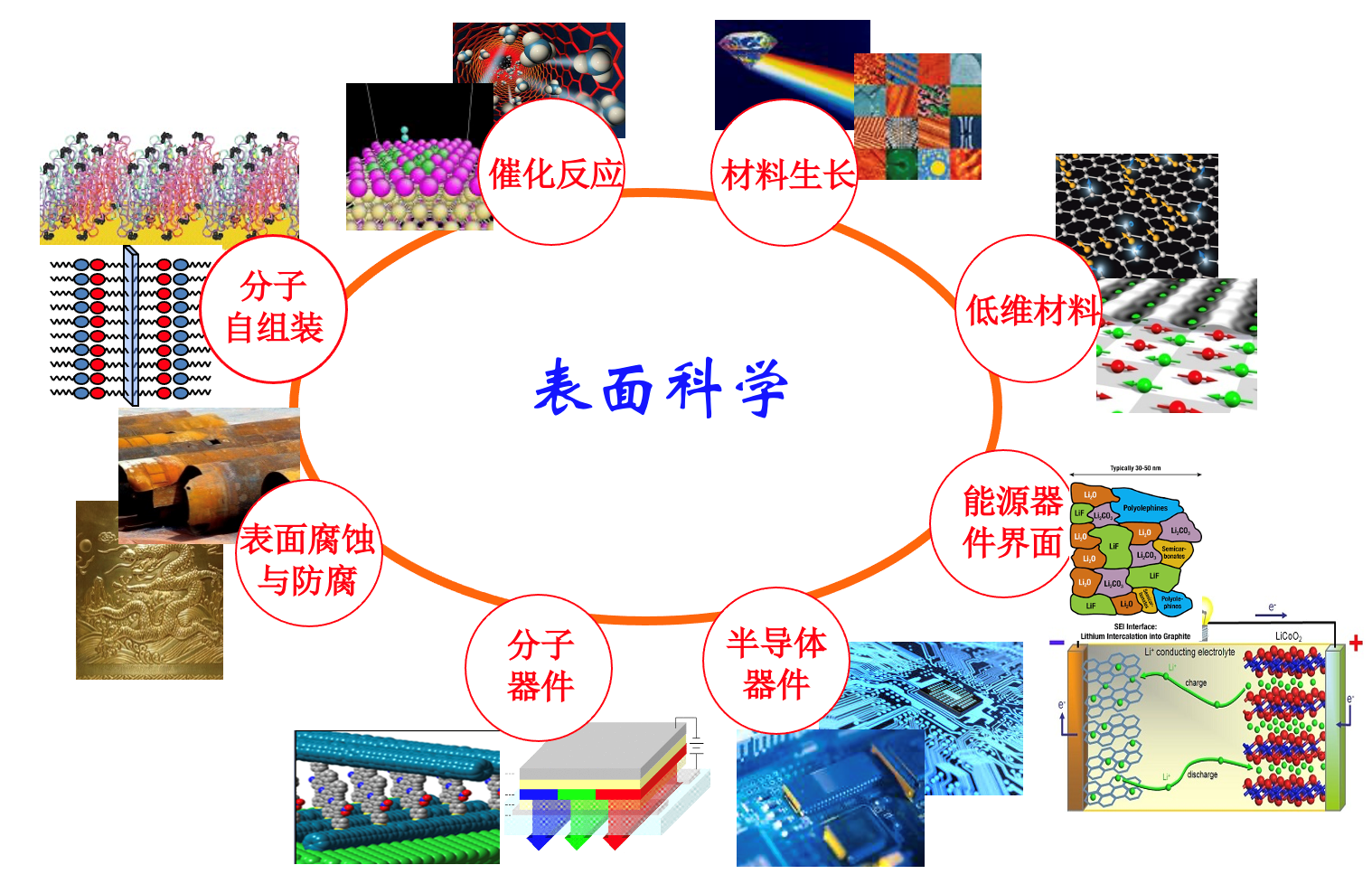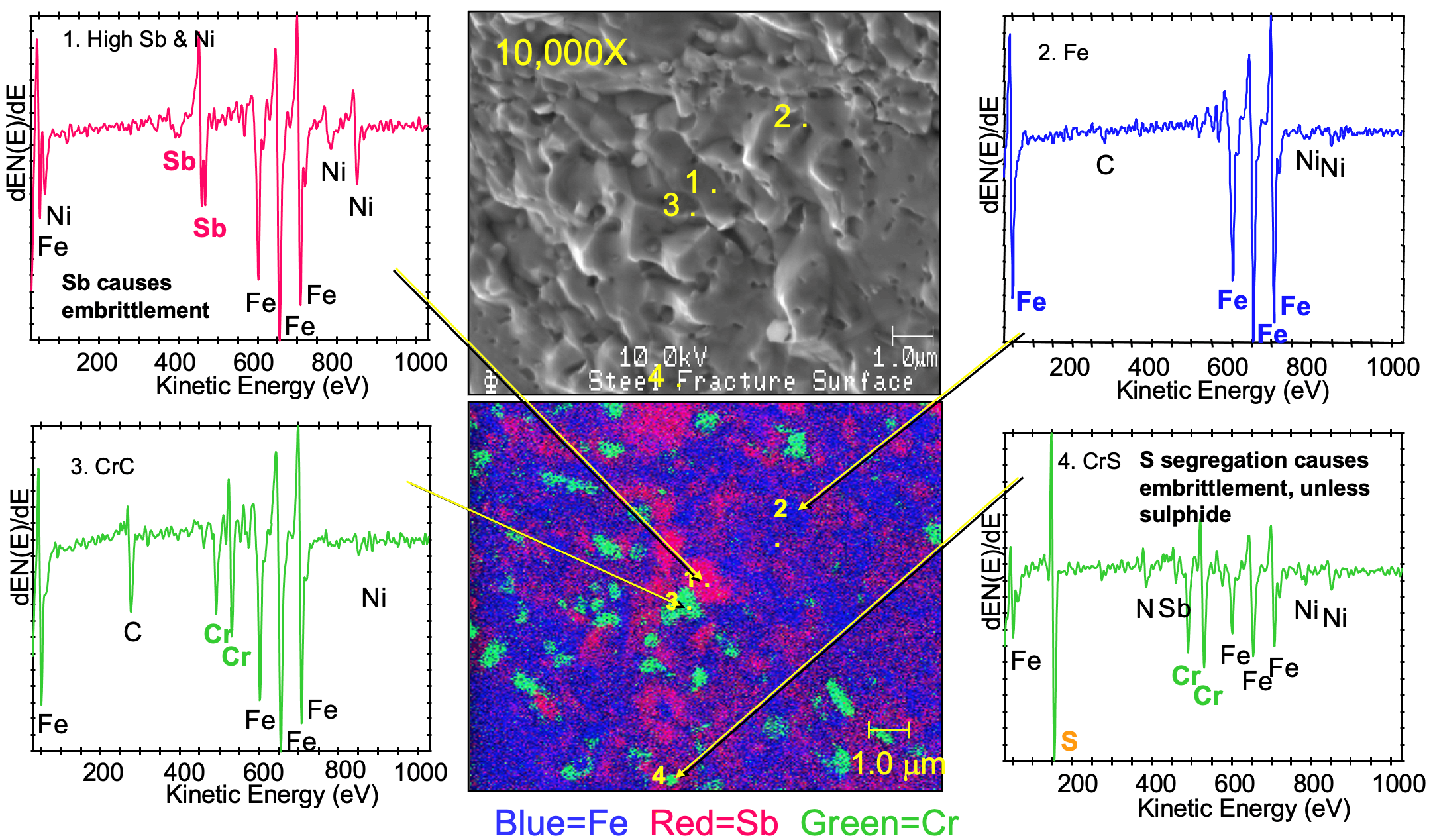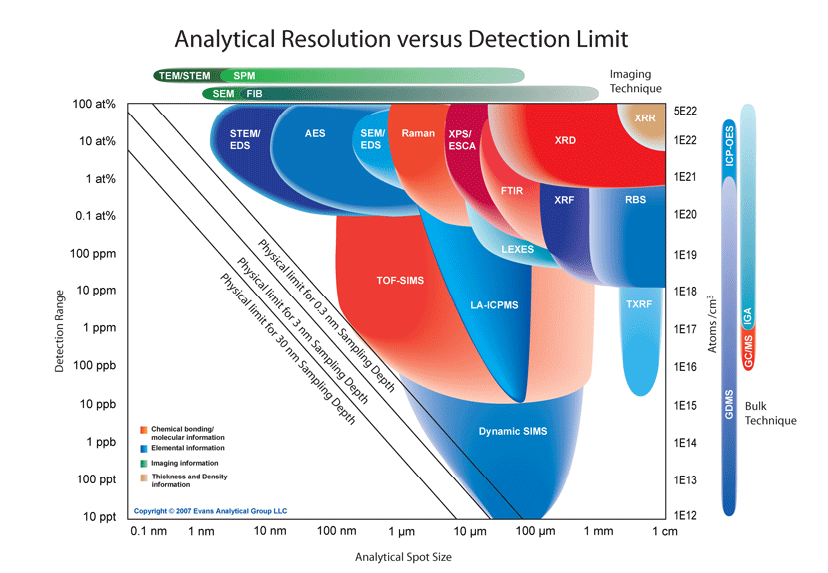The establishment of Surface Analysis Family and what is surface analysis?
Hello everyone. We are happy to inform you of the establishment of the Surface Analysis Family.
 Please scan the QR code above and follow Surface Analysis Family
Please scan the QR code above and follow Surface Analysis Family
The formation of this family is based on the goodwill to bring information about surface analysis in terms of the newest technologies, applications, education, publication journal and even market the latest trend. In working in the surface analysis field for tens of years, we feel we have an obligation to make a contribution to try to bring everyone’s knowledge to a higher level. And this is the ultimate will for establishing this platform of the Surface Analysis Family.

The Surface Analysis Family – Target for passing and sharing the related knowledge
The surface analysis had been greatly utilised in the technology and the research field including material properties, organic & inorganic chemicals, metal, polymer, photo-voltaic, battery, environment, semiconductor and many more. From research to actual products, surface analysis has been a critical portion of helping modern technologies to grow. Hence as the final outcome of bringing a better life for humans in the world.

Surface Science can be applied in many different categories, as illustrated in the above picture
Let’s start with the Surface!
To start off, let’s start by discussing what is a surface?
A surface, by definition, is an INTERFACE, a marked discontinuity from one material to another. Since no change is ever instantaneous, there is a finite depth for any real surface. In surface analysis, the surface depth is defined by the technique used to characterize it. This depth may vary from an atomic layer, approximately 3-5 Angstrom to as much as 1um.

Surface is like the skin of a person, making all the “first” interactions with others. The above picture had shown such an illustration with also listing the practical importance of the surface of a given solid
In theory, indeed we usually have to start like above the so-called “definition”. However, sometimes it could be easier if we can use some real-life example to express such “definition” for our easy understanding. So if we were to describe the “surface” of some matters in some casual expressions, maybe we can compare it to the skin of a person. Our skin is always the first “interface” to interact with other things or other persons. With such, it could be easy to understand how important is the surface of any matter to play a very important factor. (Well, there is always an advantage for a good looking person)
Let’s look at an example of Surface Analysis
Since the surface is so much critical, it makes being able to analyze and characterize it to be an important goal to reach. Below listed some commonly used techniques in surface analysis:
- Topography
• Visual, Optical Microscopy, SEM… etc.
- Elemental/Chemistry
• X-ray Photoelectron Spectroscopy (XPS)
• Auger Electron Spectroscopy (AES)
• Secondary Ion Mass Spectrometry (SIMS)
• EDS, RBS, XRF, FTIR, EELS, RAMAN…. etc.
Take an example from the Auger Electron Spectroscopy, which combined also the SEM function. Below shows an example of how we can characterize a steel sample. The top-middle is the SEM image of the sample surface at 10,000X magnification. The grain structure can be observed. Then a multi-point analysis, shown as point #1~#4, is carried out with the respective Auger analysis spectrum shown. From the spectrum data, it can be easily observed the detecting elements on the 4 selected points are very different. The Auger analysis tool can go 1-step further to perform so-called Auger mapping to show the elemental distribution in a 2-D dimension shown in the bottom-centre image.

The above picture shows an example of Surface Analysis in the case of Auger Electron Spectroscopy (AES)
It started from the top-centre SEM image > multi-points analysis with the 4’s Auger energy spectrum and concluded the elemental distribution over a surface by the Auger mapping data
Now we see evidence of how useful is Surface Analysis~
As above mentioned, surface analysis is a proven subject to make a critical contribution to our modern day's technologies as well as a tool for bringing a better life to the world. Certainly, it is impossible to get all information with just one single technique. Rather, there is a number of Surface Analysis techniques which could help in the characterization of the material surface. Below the figure is the very famous SMART chart from EAG, a well-known Analysis company in the world.

A famous and popular Analysis Technique SMART Chart, summarizing various techniques to their detection limit, sampling depth, analytical spot size and so on
Summary
Surface Analysis Family on this kicking start will continue to bring more information sharing to everyone. And we are also so much welcome if anyone is/are interested in sharing their knowledge and information with us. Or even if there is a topic you are in question, we will be very happy to hear it from you. Eventually, by building a common Surface Analysis platform here, we vision for all of us that it will benefit all and ultimately continue to make step-up for our Surface Analysis Family.
Background
The Surface Analysis Family is initiated by PHI CHINA, a company established in China since 2010. PHI CHINA is the representative for ULVAC-PHI in China. We specialize in surface analysis techniques & instrumentation including XPS, AES, Tof-SIMS and Dynamic SIMS. Members of PHI CHINA are capable of building up a surface analysis instrument to well-utilizing it for producing good data for various applications.
Contact person:张伟 William.Zhang
Tel no.: 18500084171
Email:william.zhang@coretechint.com
Surface Analysis Family

